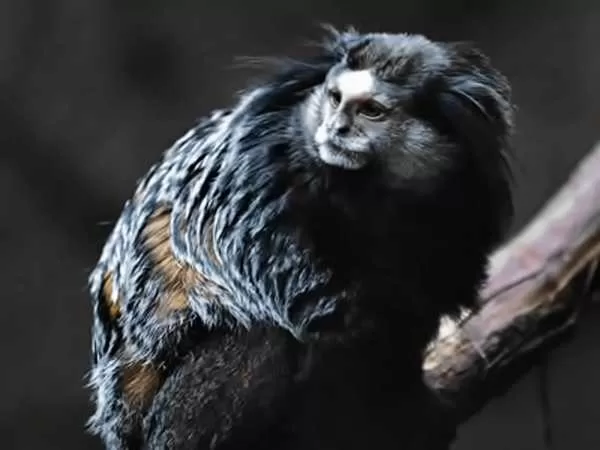Marmoset monkeys, once thought to be simple creatures of the rainforest, have now astonished scientists by joining the elite ranks of animals that name each other—a behavior once believed to be exclusive to humans, bottlenose dolphins, and African elephants. This groundbreaking discovery, detailed in a recent study published in Science, sheds new light on the evolution of social behavior and communication.
Marmosets and Their Unique Social Bonds
Marmoset monkeys, known for their small size and distinct vocalizations, have long been subjects of interest for researchers studying social behavior. These primates live in small, monogamous family groups, usually consisting of six to eight individuals, and are highly cooperative in rearing their young. Their social structure makes them ideal candidates for studying the roots of human social behavior and language.
The research team from the Hebrew University of Jerusalem, led by graduate student Guy Oren, uncovered that these monkeys use specific high-pitched calls, referred to as “phee calls,” to address one another. These vocalizations are not just random noises but are, in fact, individual-specific, functioning as names. Marmosets recognize when these calls are directed at them and respond accordingly—similar to how humans react when called by their name.
Advanced Cognition in the Animal Kingdom
The discovery that marmosets use vocal labels to identify each other places them in a small group of animals known to exhibit this advanced cognitive ability. The study’s senior author, David Omer, highlighted the significance of this finding, stating, “We are very interested in social behavior because we think that social behavior is essentially what drove us humans to be so special compared to other animals.”
While marmosets are distant relatives of humans—having last shared a common ancestor around 35 million years ago—their ability to develop vocal labels is attributed to convergent evolution. This phenomenon occurs when unrelated species evolve similar traits due to facing comparable environmental challenges. In the dense rainforests of South America, where visibility is often limited, vocal labeling likely played a crucial role in maintaining social cohesion within marmoset groups.
Role of Machine Learning in Decoding Marmoset Communication
The study’s findings were made possible through advancements in computational power and machine learning. By analyzing the sound patterns of marmoset calls, researchers were able to decode their communication system. This breakthrough opens new avenues for future research, where AI could potentially further unravel the complexities of marmoset conversations, offering even deeper insights into the evolution of language.

